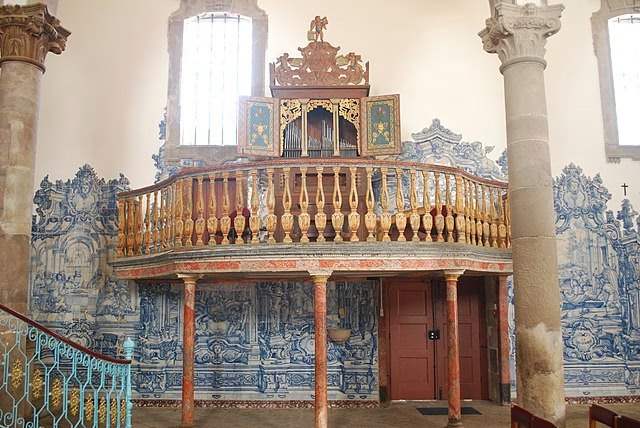Fé, Reconquista e Espaços Sagrados
No sotavento algarvio, em Portugal, encontra-se a cidade de Tavira A cidade de Lisboa, onde a fé e a história caminham de mãos dadas. Com raízes que remontam às eras fenícia e romana, esta cidade ribeirinha tornou-se um reduto cristão essencial após a Reconquista - e as igrejas brotaram como flores silvestres. Tavira teve em tempos cerca de 30-36 edifícios sagrados guardiães de histórias com séculos de existência.
Entre eles, o mais assombroso talvez seja Igreja de Santa Maria do Castelo . Após a reconquista de Tavira, em 1242, por D. Paio Peres Correia e pela Ordem de Santiago, uma igreja de estilo gótico ergueu-se das cinzas de uma antiga mesquita. Segundo a tradição local, os restos mortais de Correia e sete cavaleiros que morreram em combate repousam no interior, embora os historiadores discutam a verdade exacta.
Depois há Igreja da Misericórdia O Mosteiro dos Jerónimos, construído em meados do século XVI sob a orientação do arquiteto renascentista André Pilarte (que também trabalhou no Mosteiro dos Jerónimos em Lisboa). A fachada é uma joia do Renascimento; o interior deslumbra com painéis azulejos azuis e brancos ilustrando as 14 Obras de Misericórdia, ao lado de santos e anjos esculpidos.
Para além destes grandes santuários, a vida religiosa de Tavira foi moldada por uma rede de capelas da irmandade -Como as Ermidas de São Sebastião e São Roque, cada uma representando grupos cívicos, militares ou comerciais. Apesar de muitas delas terem entrado em decadência, as suas histórias ainda sobrevivem na pedra e na memória.
As freguesias, os caminhos e os ecos mouriscos
Com as suas 21 igrejas sob a paróquia principal - e mais igrejas pertencentes a irmandades e instituições cívicas -, oSemana Santa em Tavira A cidade de Lisboa é um local de romaria, de procissão e de história, muita dela visitada a partir das margens do rio Gilão.
A paróquia de Santa Maria e Santiago guarda muito deste património. Igreja de Santiago por exemplo, fica perto do castelo e serve de ponto de partida para o Caminho Nascente-uma rota de peregrinos para Santiago de Compostela, ligando espiritualmente Tavira a uma tradição europeia mais alargada.
A um nível mais profundo, o tecido urbano de Tavira ainda sussurra a sua Passado mouro . As ruelas sinuosas, as casas de telhado plano, os arcos em ferradura, as chaminés geminadas e os padrões de azulejos ecoam uma Medina islâmica que prosperou aqui até à Reconquista em meados do século XIII. Vários pequenos museus e achados arqueológicos - incluindo o famoso "Vaso de Tavira" - atestam este legado multifacetado.
O Museu Islâmico (Núcleo Museológico Islâmico) O Palácio da Galeria, no centro da cidade, é um farol silencioso dessa história: exibe cerâmicas, fragmentos e artefactos da vida quotidiana que nos recordam quão profundamente a cultura mourisca moldou este canto do Algarve.
Porquê todas estas igrejas?
Então, porque é que Tavira precisava de tantas igrejas ? A importância estratégica da cidade durante a época dos Descobrimentos, no século XVI, fez dela um centro espiritual. Ordens religiosas, instituições de caridade, conselhos municipais e fraternidades comerciais ergueram os seus próprios espaços sagrados. A reputação da cidade como a "Cidade das Igrejas" cresceu não só por devoção, mas também por estrutura cívica, identidade e vida social.
Considerações finais
Ao passear pelo elegante edifício de sete arcos Ponte de Gilão -mitificamente chamada "romana", mas provavelmente reconstruída pelos mouros - está a caminhar entre eras. Tavira é onde As ruas mouriscas encontram-se com as catedrais cristãs e o caminho dos peregrinos convive com o quotidiano de agora. Cada capela, cada painel de azulejos, cada túmulo desbotado é um fio condutor da história de uma cidade moldada pela fé, pela conquista e pela comunidade.
Mesmo que se olhe apenas para as torres da catedral que se erguem por detrás dos telhados cobertos de azulejos, sente-se que Tavira não é apenas um lugar - é uma cidade cheia de história .
Créditos e inspiração : Este artigo baseia-se nas informações históricas de Portugal Resident's "A História Religiosa de Tavira - Parte 1" e "As Freguesias de Tavira - Parte 2complementada por fontes de arquivo e de viagem, como registos municipais e patrimoniais, e relatos recentes da história local





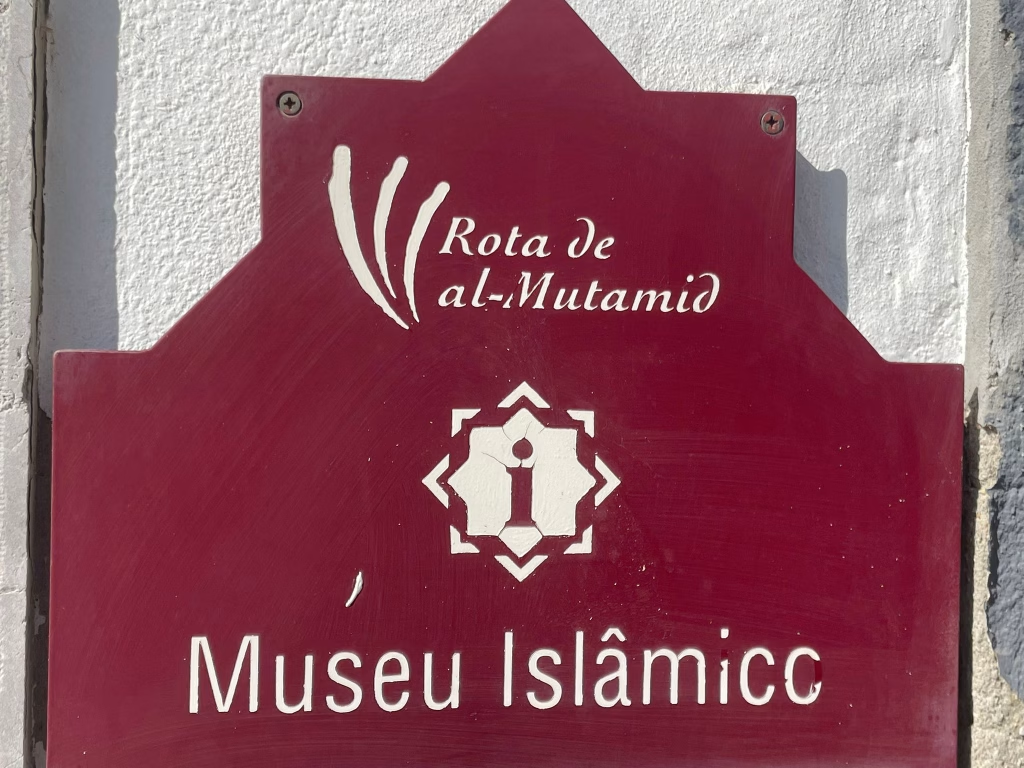
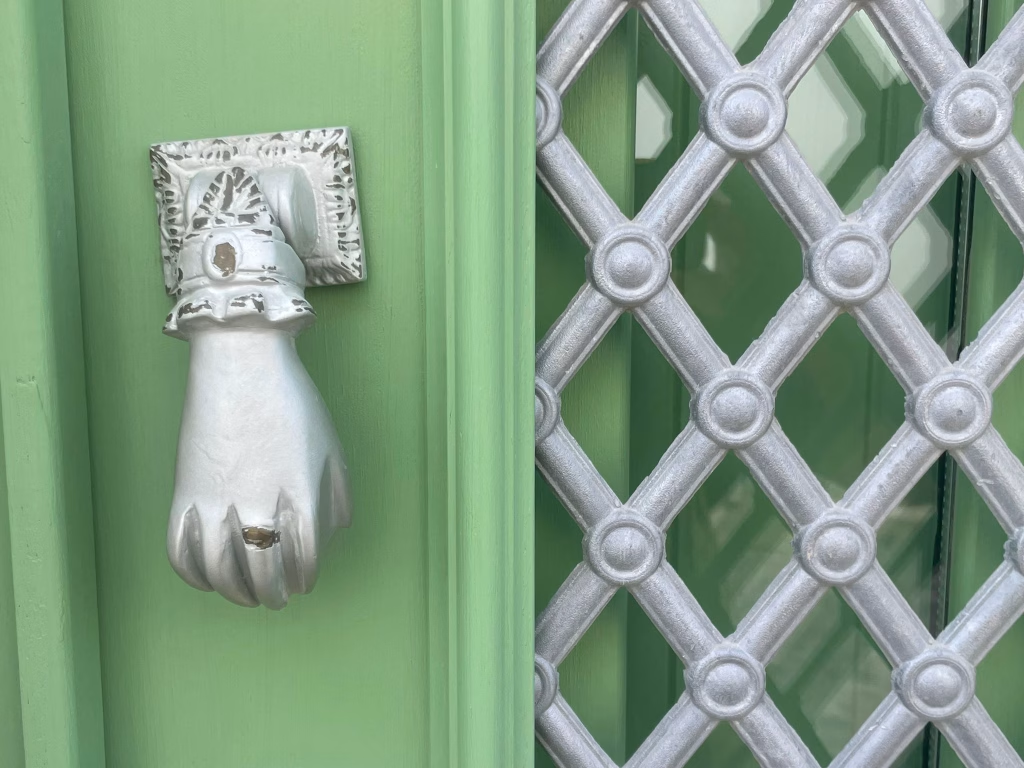
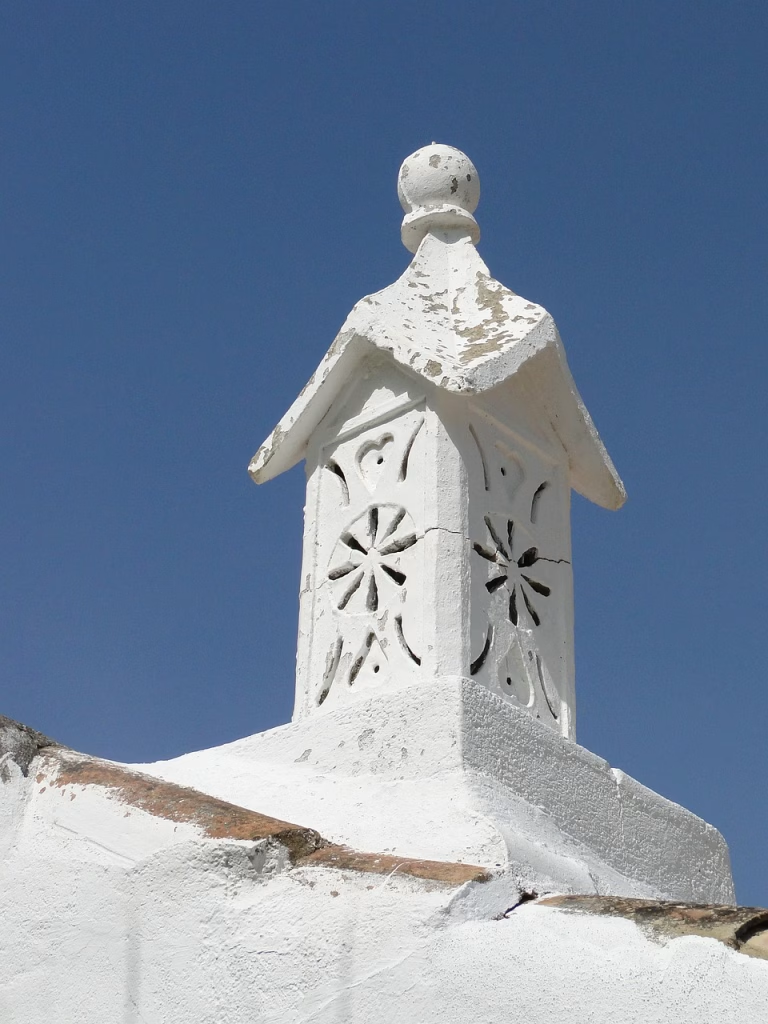
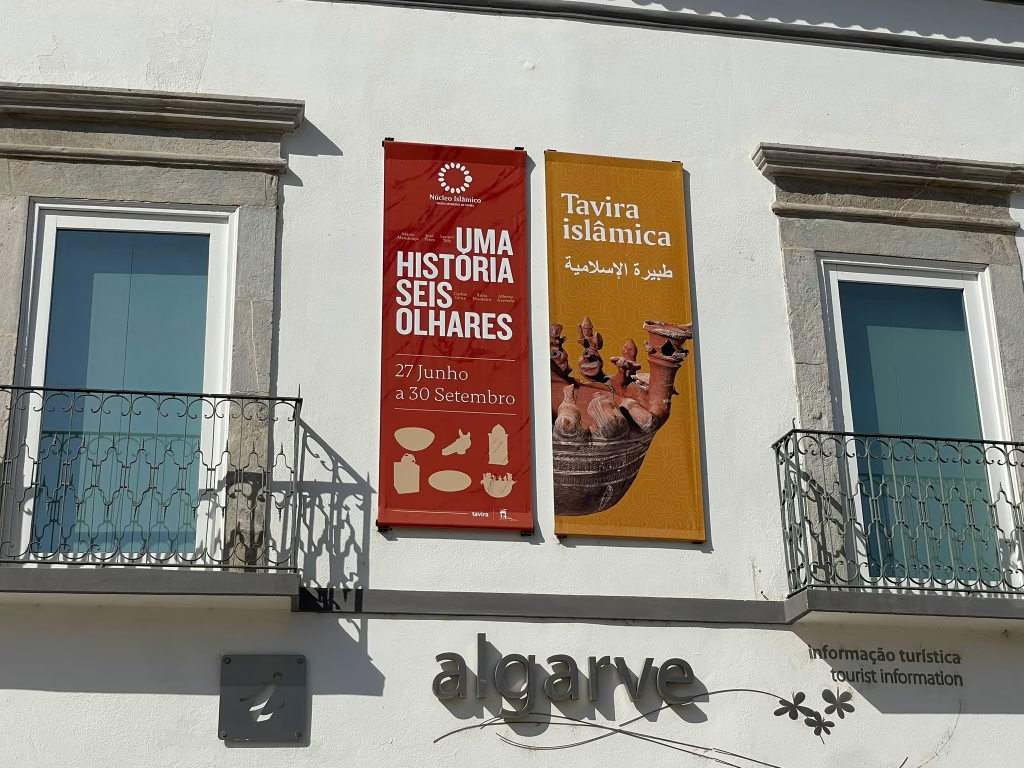
![Castelo de Tavira | Miguel Vieira [2], CC BY 2.0, via Wikimedia](https://tastetavira.com/wp-content/uploads/2025/10/TaviraCastle-CCBY.avif)
